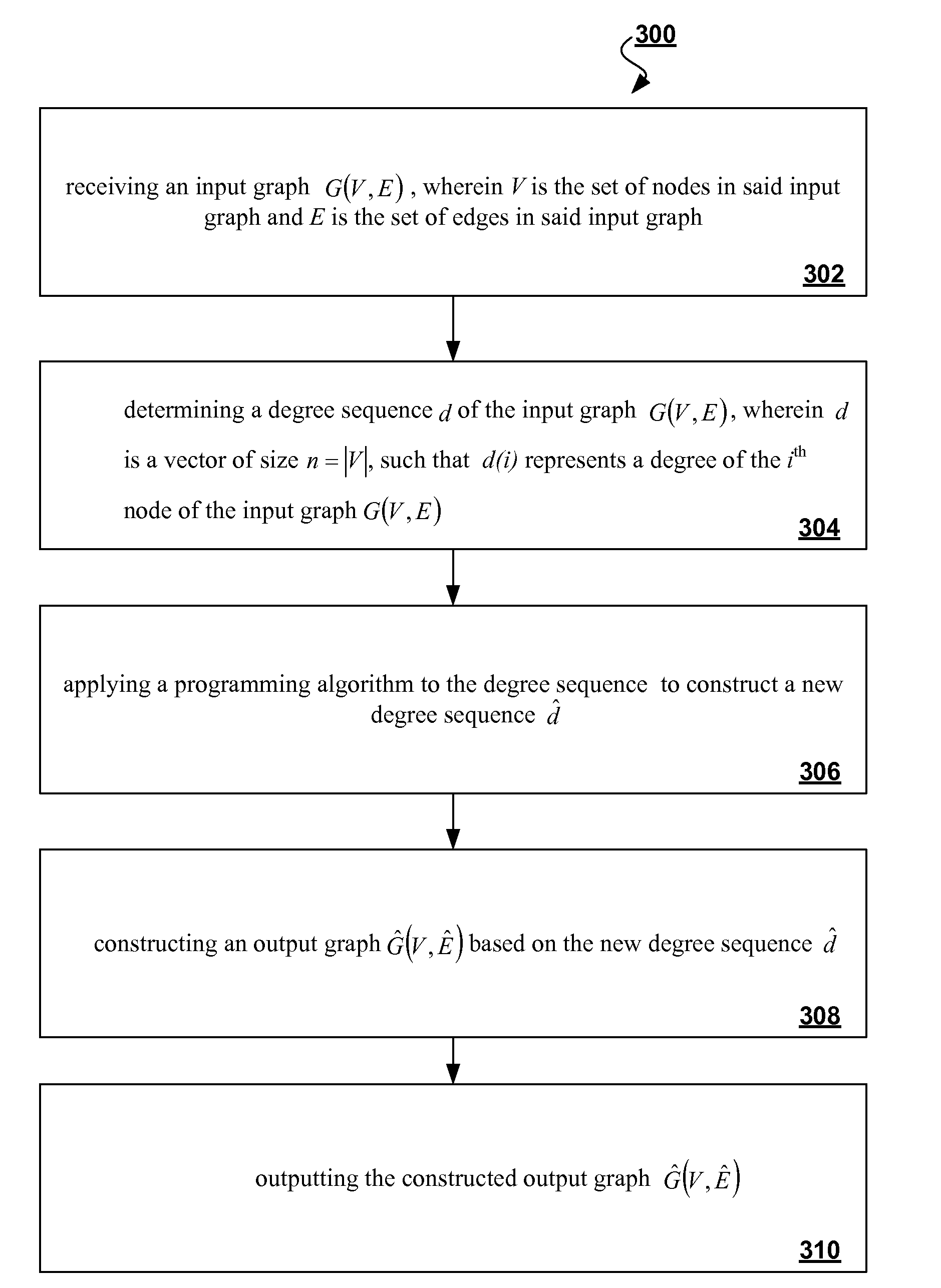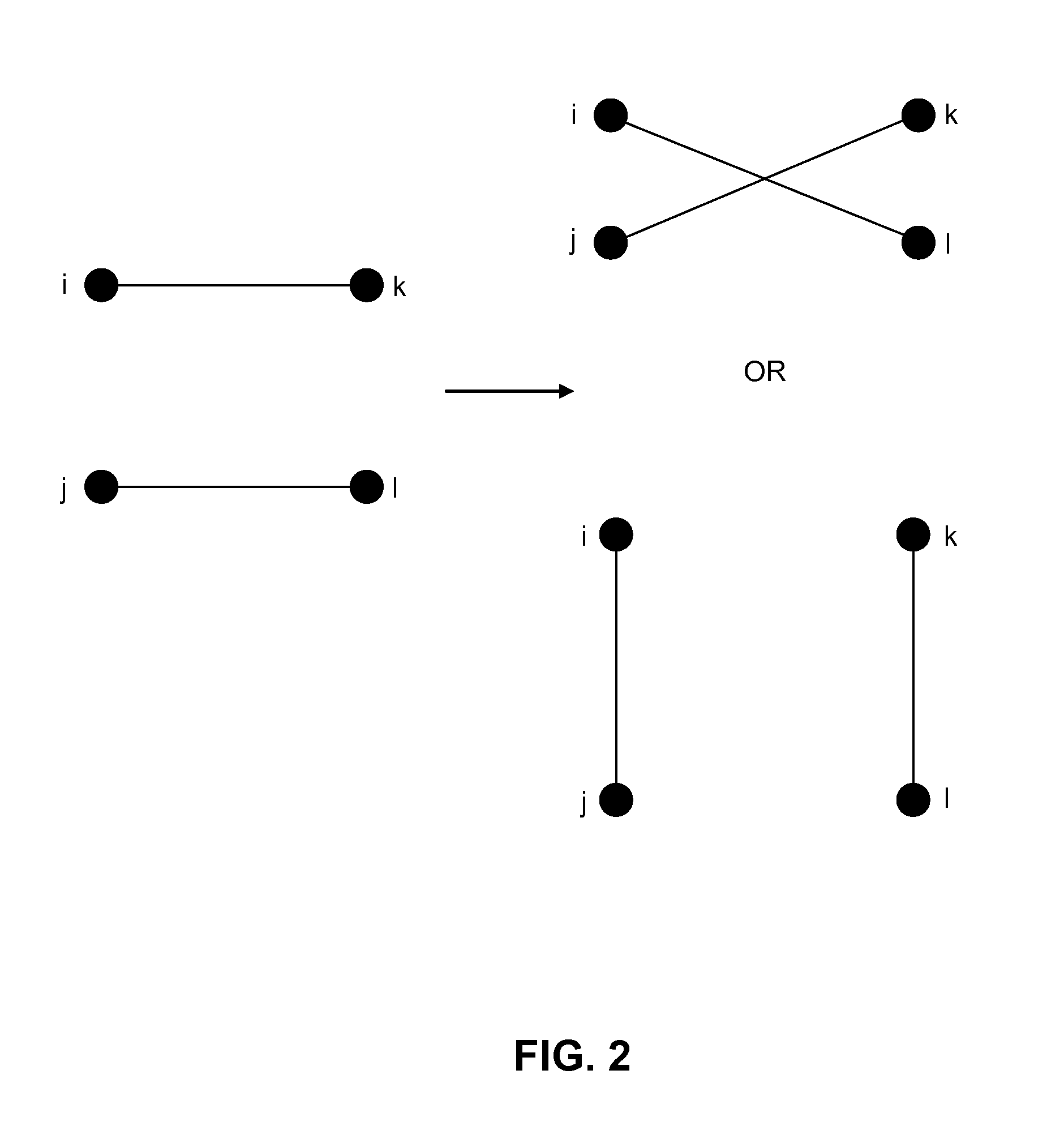Algorithms for identity anonymization on graphs
an identity anonymization and graph technology, applied in the field of network data privacy breaches, can solve the problems of not being able to address the problem of designing techniques that could protect individuals' privacy, not being able to design algorithms that guarantee the construction of graphs that meet anonymity requirements, and not being able to achieve the goal of preserving individual privacy and the basic structure of the network, and minimizing distance
- Summary
- Abstract
- Description
- Claims
- Application Information
AI Technical Summary
Benefits of technology
Problems solved by technology
Method used
Image
Examples
Embodiment Construction
[0017]While this invention is illustrated and described in a preferred embodiment, the invention may be produced in many different configurations. There is depicted in the drawings, and will herein be described in detail, a preferred embodiment of the invention, with the understanding that the present disclosure is to be considered as an exemplification of the principles of the invention and the associated functional specifications for its construction and is not intended to limit the invention to the embodiment illustrated. Those skilled in the art will envision many other possible variations within the scope of the present invention.
[0018]It should be noted that in a social network, nodes correspond to individuals or other social entities, and edges correspond to social relationships between them. The privacy breaches in social network data can be grouped to three categories: 1) identity disclosure: the identity of the individual which is associated with the node is revealed; 2) l...
PUM
 Login to View More
Login to View More Abstract
Description
Claims
Application Information
 Login to View More
Login to View More - R&D
- Intellectual Property
- Life Sciences
- Materials
- Tech Scout
- Unparalleled Data Quality
- Higher Quality Content
- 60% Fewer Hallucinations
Browse by: Latest US Patents, China's latest patents, Technical Efficacy Thesaurus, Application Domain, Technology Topic, Popular Technical Reports.
© 2025 PatSnap. All rights reserved.Legal|Privacy policy|Modern Slavery Act Transparency Statement|Sitemap|About US| Contact US: help@patsnap.com



